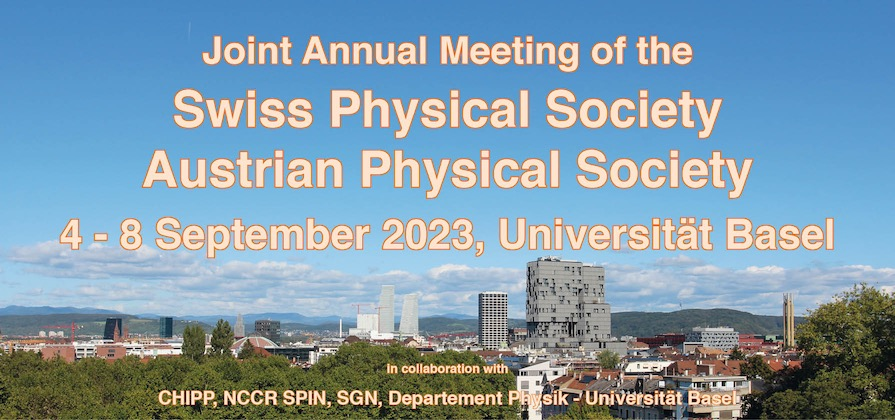Metamaterials are artificially structured materials designed to exhibit extraordinary physical properties not found in nature. They have been utilized for a wide range of applications such as beam shaping, lensing, and microscopy. In recent years, metamaterials have also been explored for their potential in refractive index sensing. A metasurface-based ultrasound sensor can provide high...
We consider the challenging problem of sparse-view computerized tomography, in the context of plasma emissivity reconstruction in Tokamak fusion devices. Inversion techniques deal with strong artifacts and often lack robustness. We present a reaction-diffusion PDE-based framework for tomographic inversions. A reaction term ensures data-fidelity, while a diffusion term promotes smoothness...
This study presents methods for determining 2D plasma parameters from filtered camera images in a toroidally symmetric tokamak. Filtered cameras offer high spatial resolution and the ability to generate 2D electron temperature, electron density, neutral density, and impurity species maps. The application of such methods are of interest in divertor physics and for more exotic studies such as...
Recent problems and solutions related to the infrared camera system of the TCV tokamak are reported. These infrared cameras measure the temperature of the device walls during plasma discharges to infer the heat flux impinging on the material surfaces. It was discovered that the signal of the vertical-viewing camera decreased with time throughout 2021 and 2022, due to a loss of transmittance of...
One of the main actuators for nuclear fusion experiments is the electron cyclotron (EC) wave, which is used to locally heat and drive current in the plasma. High-performance operation at large fusion devices will require accurate real-time (RT) control of the EC system, including controlling the beam’s deposition location in the plasma, which can be modified by adjusting the antenna’s steering...
Tokamak plasma operation and control requires precise knowledge and control of the plasma MHD force balance equilibrium. The MEQ software is a suite of magnetic equilibrium codes able to reconstruct the magnetic field from measurements on sub-millisecond timescales, predict plasma evolution, and compute required coil currents to achieve a desired plasma state and geometry. We present different...
Sufficiently strong plasma flow shear reduces turbulent transport in tokamaks, thereby improving the prospects for fusion power plants. This is usually accomplished by increasing flow shear drive. Here we explore a novel strategy: decrease the momentum diffusivity to make the plasma "easier to push". A large number of high-fidelity kinetic simulations were conducted using the GENE code. A low...
Understanding the interaction of suprathermal ions with plasmas is a crucial step in the quest for nuclear fusion, because these ions are required to heat the main plasma during ignition and losing them can damage the vessel walls. Basic plasma experiments like TORPEX have made important contributions in this area through studies of suprathermal lithium ion transport in a simple magnetic...
